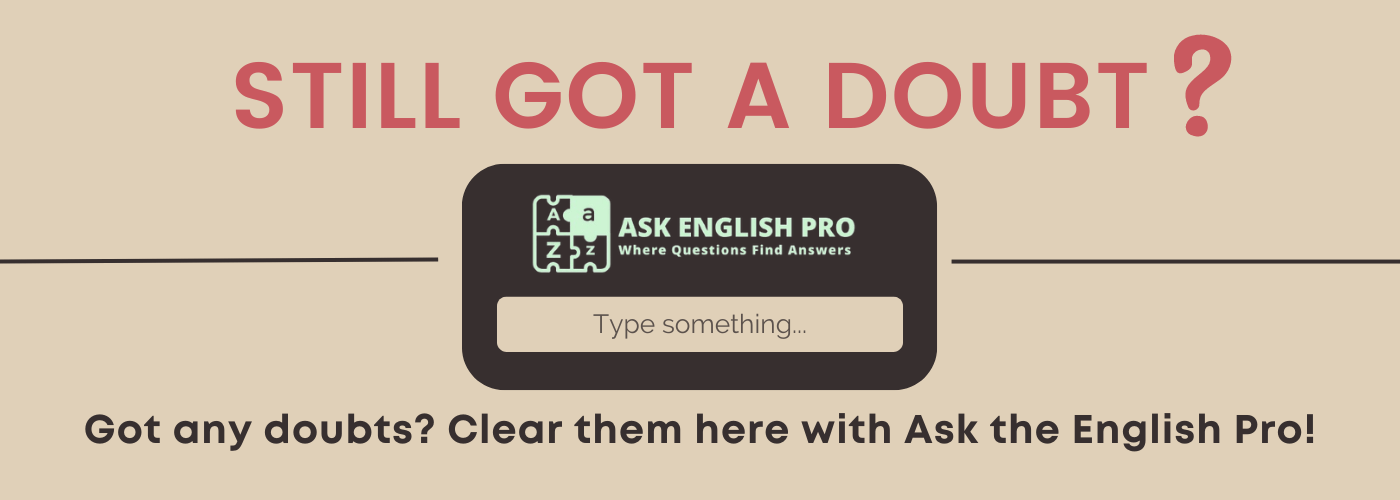The Origin of Malleable: From Past to Present
Introduction to the Origin of Malleable
The word “malleable” conjures images of flexibility and adaptability, yet its origins tell a deeper story of craftsmanship and transformation. Stemming from Latin roots, “malleable” has been used to describe materials, minds, and even societal norms. Exploring the origin of “malleable” not only sheds light on its linguistic journey but also highlights how it has become a symbol of change and potential in various contexts. Let us delve into the fascinating etymology and evolution of this word.
Tracing the History of Malleable
The word “malleable” finds its roots in the Latin term malleabilis, which means “capable of being hammered.” It originates from the verb malleare (to hammer) and the noun malleus (hammer). Initially used to describe metals that could be shaped under pressure, “malleable” entered the English language during the 14th century. Over time, its meaning expanded from a physical property to encompass metaphorical flexibility, such as in describing a person’s adaptability or a society’s capacity for change.
The Cultural Journey of Malleable
“Malleable” has resonated across cultures and disciplines, symbolizing both physical and mental adaptability. In literature and philosophy, it is often used metaphorically to describe individuals or groups capable of transformation. For example, Renaissance thinkers celebrated malleability as a human trait, emphasizing our ability to mold ourselves through education and experience. Today, “malleable” appears in discussions about psychology, leadership, and innovation, embodying the idea of resilience and growth in the face of challenges.
Modern-Day Relevance of Malleable
In modern usage, “malleable” remains a versatile term, frequently employed in both technical and figurative contexts. Engineers describe materials like gold or aluminum as malleable, while psychologists and educators use the term to highlight the pliability of human behavior and thought. Its relevance in a fast-changing world underscores the importance of adaptability as a critical skill.
Bonus Tip: Use “malleable” in a sentence, e.g., “The malleable nature of clay makes it a favorite material among sculptors.”
Why Malleable Matters
The origin of “malleable” reflects humanity’s enduring fascination with transformation and potential. By understanding its linguistic journey, we gain insights into the ways language captures both the tangible and intangible aspects of change. Whether describing a sheet of metal or an open-minded individual, “malleable” continues to inspire as a symbol of possibility and progress.



















